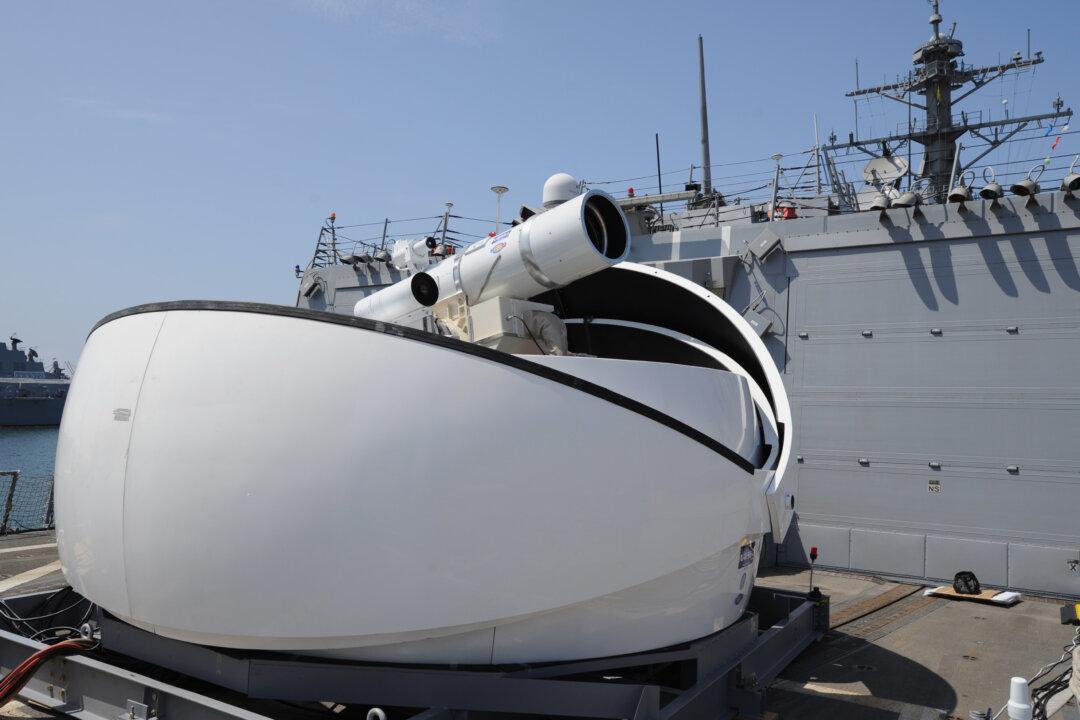The U.S. Navy has sent an apparent warning to China that it better stop harassing American service members, following an incident in which a Chinese warship aimed a military-grade laser at a Navy P-8A Poseidon surveillance plane.
“You don’t want to play laser tag with us,” the Navy posted on its official Instagram account on Feb. 28.





